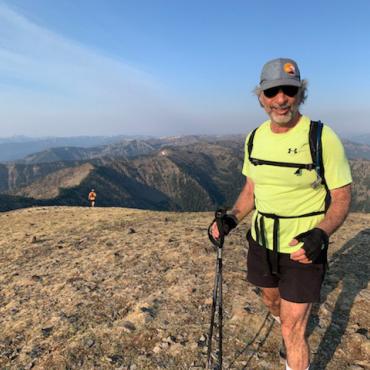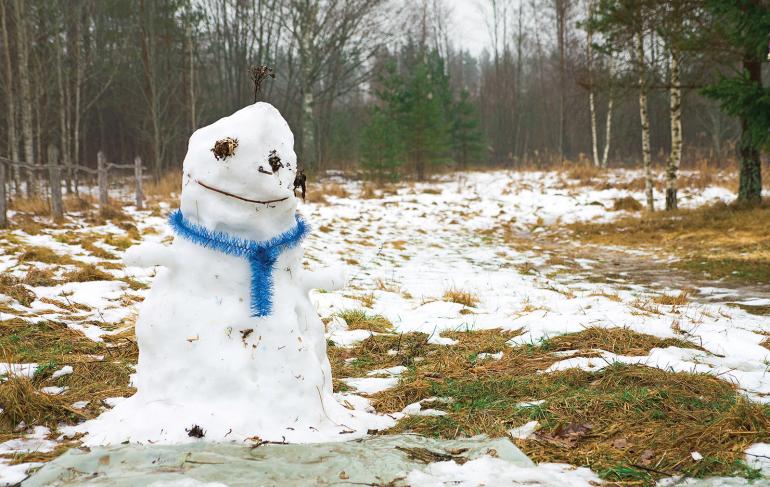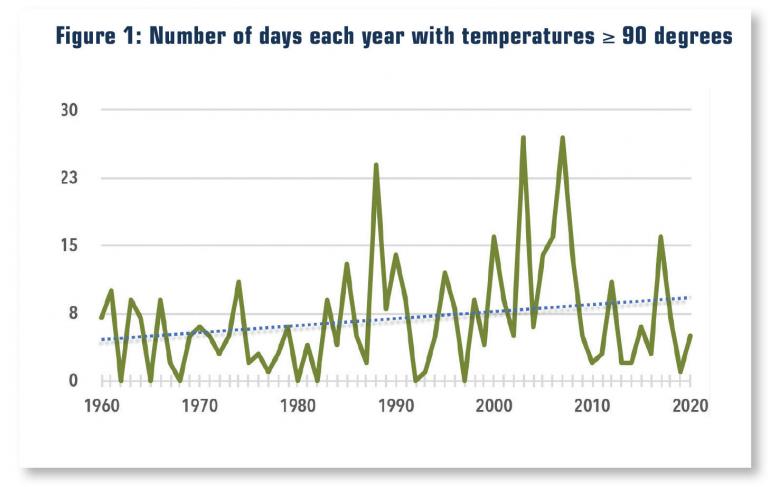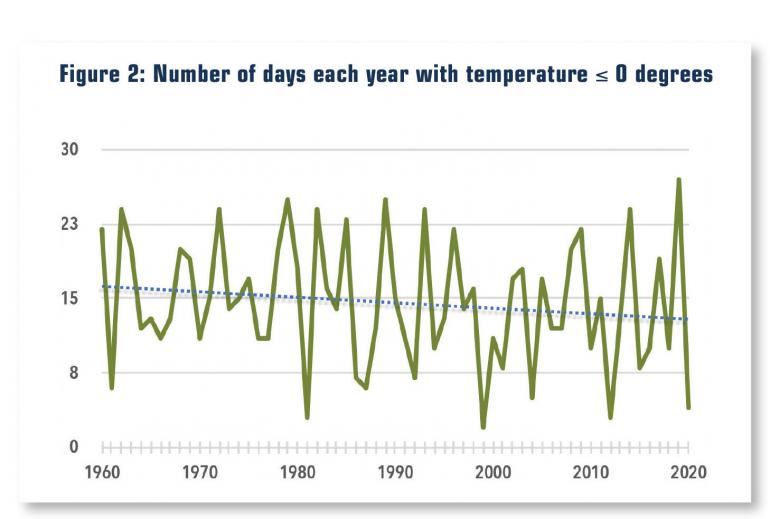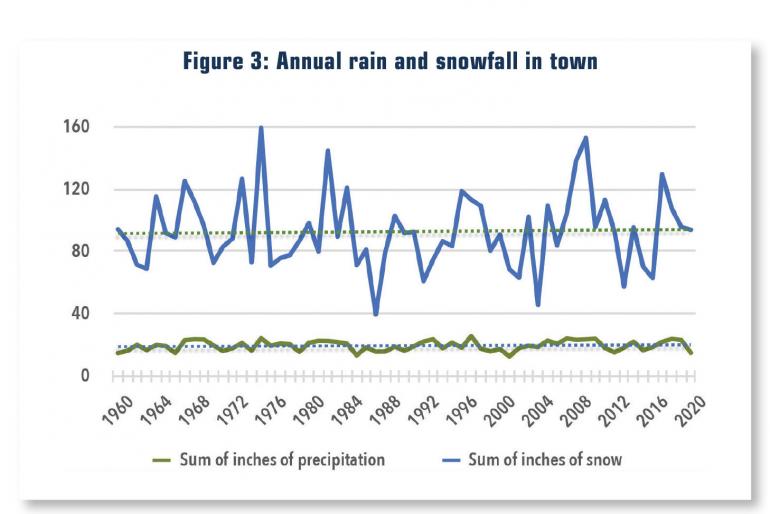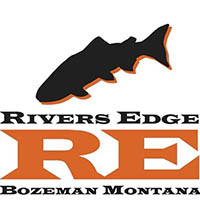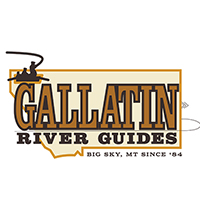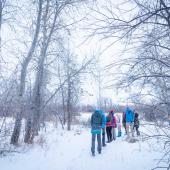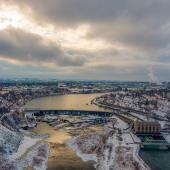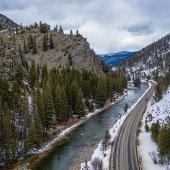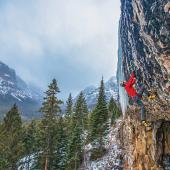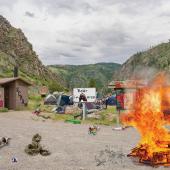Mercury Rising
A look at Bozeman’s changing climate.
I lived in Bozeman from 1979 through 1984, moved back in the summer of 2020, and visited many times in between. I’ve sensed over time that this place is changing—not just the obvious growth of the town or its newfound prosperity, but also its climate. I remember Bozeman of the early ’80s having cool, wet summers. We needed a jacket every summer evening once the sun went down, and there was no smoke in town... ever. I remember snow in town in September, snowy all month in February at Bridger Bowl, and even bigger snows in March. Bitter cold poured into town more regularly, and the cold was deeper.
Winters are getting warmer and shorter, but snowfall is holding up. Just try to get your turns in by the end of February.
How many of these remembrances are real, and how many have been distorted by the passage of time? To find out, I asked the Montana Climate Office for daily weather data from the Global Historical Climate Network dataset to see what changes were visible in the data. They provided me with data spanning from 1960 through 2020. Here’s what I discovered.
Hotter Summers
Figure 1 shows the number of days with a high temperature in the 90s each year. The raw data shows lots of variation year to year, but the trendline is clear and statistically significant: the number of days each year with temperatures in the 90s is increasing. It also shows that the average number of days with temperatures in the 90s has crept up from fewer than five in 1960 to more than nine today. The last year Bozeman had a summer with no 90-degree temperatures was 1997. The data didn’t include the summers of 2021 and 2022, but the Weather Channel website for Bozeman shows 31 days with temperatures at or above 90 degrees for 2022, so the trend is not flattening, maximum annual temperature has also been creeping up. In 1960 and ’61, the highest temperatures recorded were 98 degrees. The maximum temperature did not breach 98 again until the year 2000, and it has happened five times since, with the maximum being above 100 in three of those years.
Warmer Winters
On the flipside, the trendline on Figure 2 shows that the number of days where temperatures dropped below 0 has decreased from 16 to 13 on average. The minimum annual temperature has also been creeping up at the rate of about one degree every 14 years, making our current minimum temperature more than 4 degrees warmer than it was in the 1960s. There is a lot of variation in the raw data that can obscure these trends: 2019, for example, had more cold days than any other year in this record, but 2020 compensated for this by having among the fewest.Redistributed Precipitation
The precipitation data in Figure 3 shows that inches of rain and snow have held pretty steady in town over the past 60 years. This surprised me, as I remember Bozeman having wetter summers and longer winters than it has now. So, I dug into the data further and found that the distribution of both rain and snow has changed throughout the year. As for rain, the biggest change is in August, which is down about half an inch of rain on average. Through 2000, measurable snow fell in September in about half of all years; since then, we’ve only had measurable snow in September twice. We still get snow in town pretty regularly in October, but there are more years with only one or two days of snow and little accumulation. We get more snow in town in February, which is great as it likely means snowy Februarys up at Bridger most years, but unfortunately March snow is way down, which is consistent with what I’ve observed up at Bridger. Many years, come March, the spigot seems to turn off.
There you have it: this ol’ guy’s memory is not that faulty—not yet, at least. Summers are hotter and August is drier, both of which feed into the smoke we get—assuming that the changes in the Bozeman data are true for the northwest more generally. Winters are getting warmer and shorter, but snowfall is holding up. Just try to get your turns in by the end of February.
Charles Romeo is a retired economist and researcher. He is currently pushing himself to be more of an outdoorsman and writer of non-economic articles and stories.


